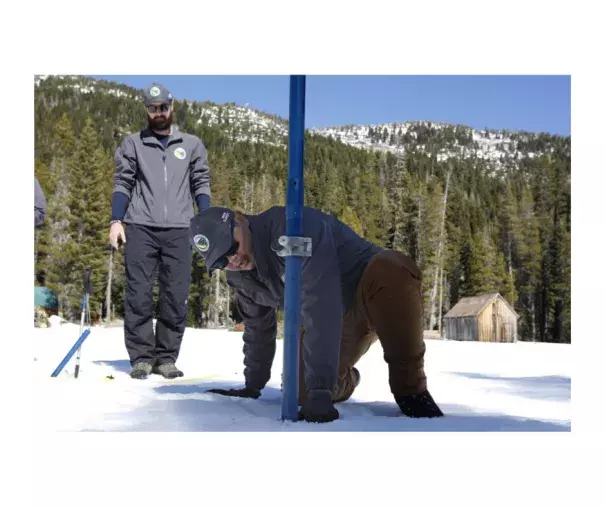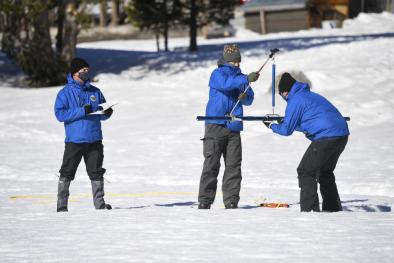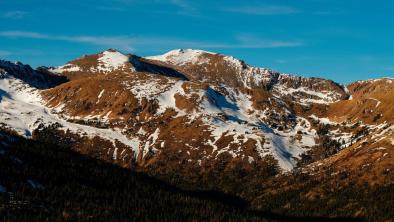California snowpack depleted amid what could be a record-dry February

Climate Signals Summary: Climate change is increasing temperatures and the amount of precipitation that falls as rain rather than snow, both of which contribute to California snowpack decline. Climate change may also be changing weather patterns leading to less precipitation in California, further contributing to decreasing snowpack levels.
Article Excerpt: A dry February continues to take its toll on California’s dwindling snowpack, officials reported Thursday.
The pack in the Northern California resort town of Phillips measured just 47% of average, down significantly from last month’s measurement.
...
The result — a depth of 29 inches — marks a decline of about 11.5 inches from the last measurement. If all the snow were to melt at once, it would amount to about 11.5 inches of water, said Sean de Guzman, chief of the agency’s snow surveys and water supply forecasting section.
Warmer winter temperatures and lackluster rainfall in January and February are to blame for the snowpack’s reduction. This month is poised to become the driest February in the northern Sierra Nevada on record, dating to 1921. There has been no measurable rainfall in the area this month, De Guzman said.
“February rain and snow were quite disappointing, and we didn’t quite get the results we’d hoped for, so we’ll most likely end this water year below average,” he said. “We just don’t know how far below.”
...
The snowpack provides about 30% of the annual freshwater supply for the state. Its spring and summer runoff feeds rivers and reservoirs, and part of it is distributed to water agencies for farm irrigation, landscaping and urban drinking supplies.
The good news, officials say, is that the state’s reservoir storage is about 104% for this time of year, thanks in part to solid rainfall last winter and chilly spring temperatures last year that kept snow around into the summer.
...
“A few dry months doesn’t really make a drought,” said Chris Orrock, spokesman for the Department of Water Resources. He added that two consecutive dry years, however, could start to affect the state’s water supply.
Still, nearly 70% of the state, including much of the Central Coast and Los Angeles County, is considered to be abnormally dry. About 23% of the state, including large swaths of the San Joaquin Valley and portions of the Sierra Nevada home to about 5.9 million people, is considered to be in moderate drought conditions, according to maps released Thursday by the U.S. Drought Monitor.
Related Content





